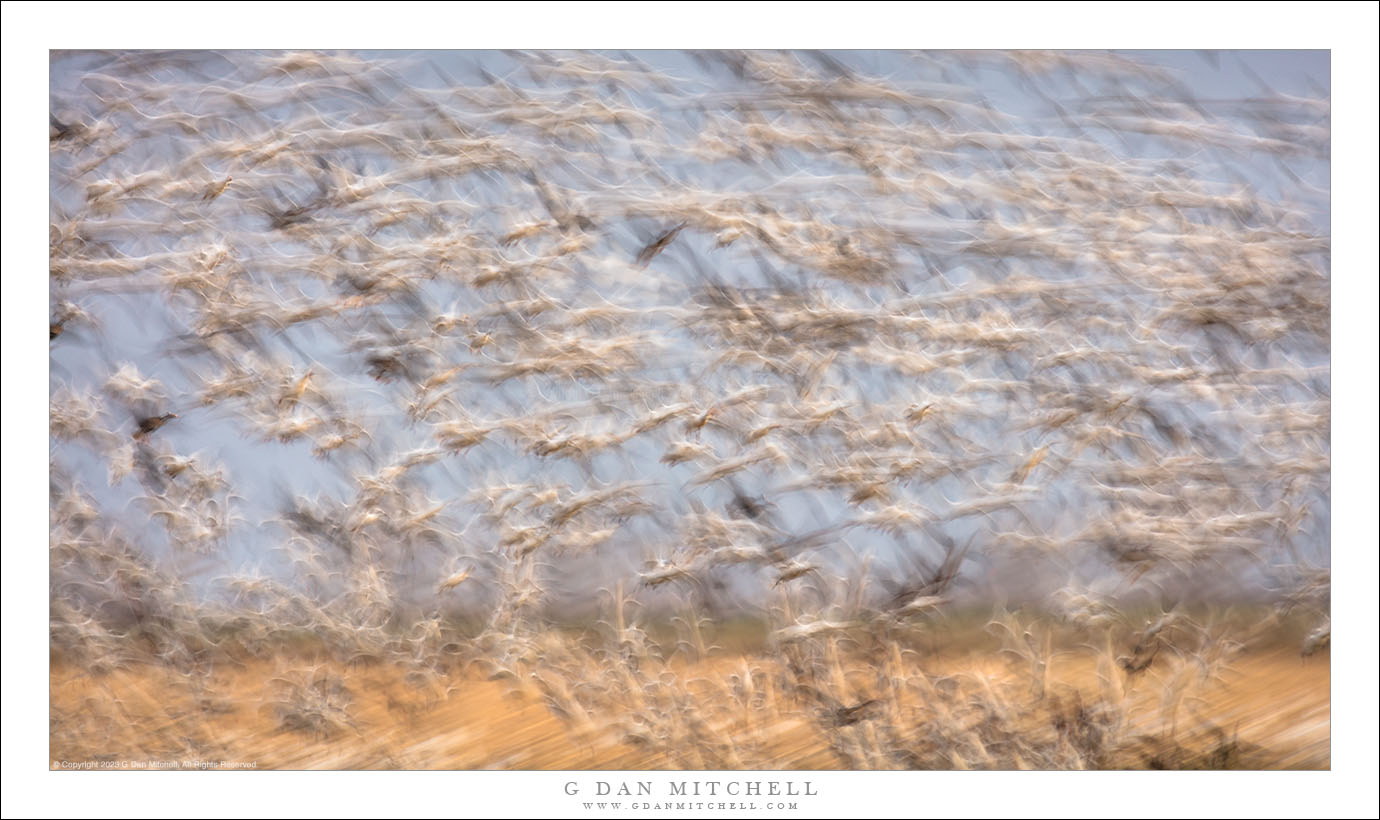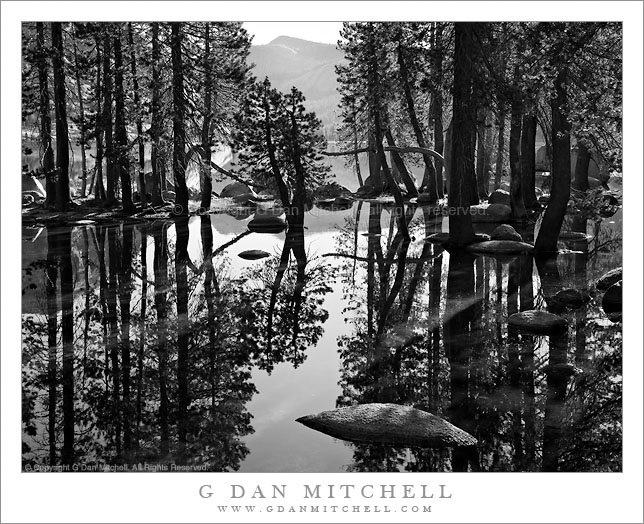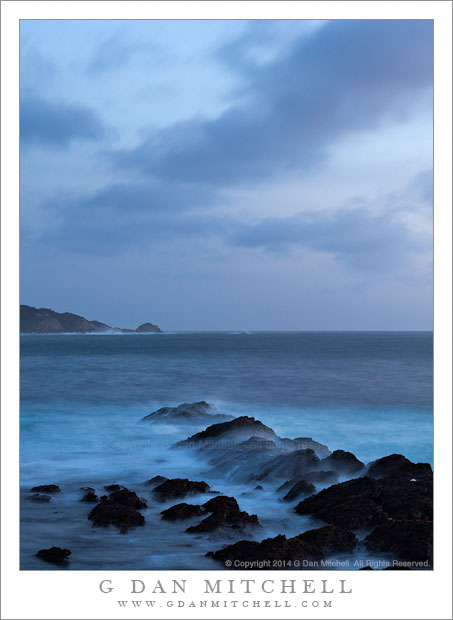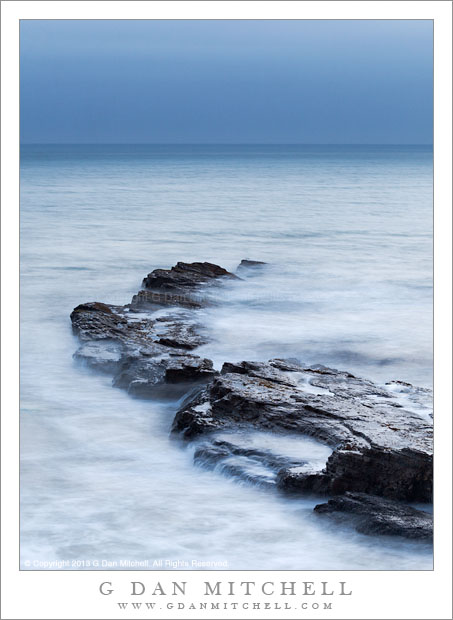
Birds in Motion. © Copyright 2023 G Dan Mitchell.
Long-exposure motion blur photograph of geese in flight over winter fields.
This is another long-exposure, late-day bird photograph, in which I lower the ISO and use longer exposures in order to allow motion blur. A flock of (mostly) snow geese was turning into a strong crosswind and the brighter western sky — so the light was interesting and the birds were moving a bit slower that usual. The latter is a distinct advantage when trying to track the birds during longer exposures.
This way of shooting is fun and challenging. The idea is to end up with an image that has some kind of compositional integrity and which suggests the wild motion of the flock. A shutter speed up to about a second can work, and this variable will, of course, control how much blur there is. One challenge is that I can only estimate what the composition will look like since I’m shooting handheld and tracking the birds. Including a bit of the landscape in this photograph helps “ground” the blur of the flock.
G Dan Mitchell is a California photographer and visual opportunist. His book, “California’s Fall Color: A Photographer’s Guide to Autumn in the Sierra” is available from Heyday Books, Amazon, and directly from G Dan Mitchell.
Blog | About | Twitter | Flickr | Facebook | Email
Links to Articles, Sales and Licensing, my Sierra Nevada Fall Color book, Contact Information.
Scroll down to leave a comment or question. (Click this post’s title first if you are viewing on the home page.)
All media © Copyright G Dan Mitchell and others as indicated. Any use requires advance permission from G Dan Mitchell.




